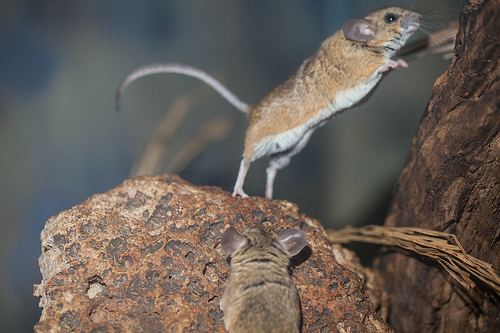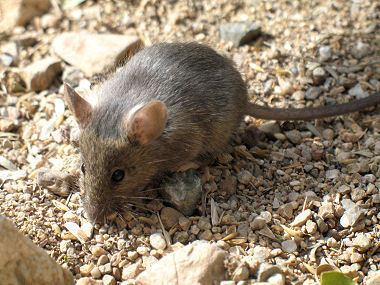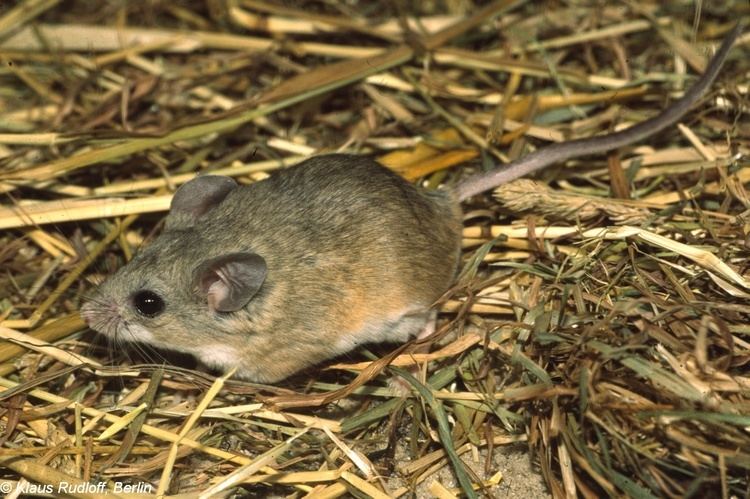Rank Species | Phylum Chordata Species group P. eremicus Higher classification Peromyscus | |
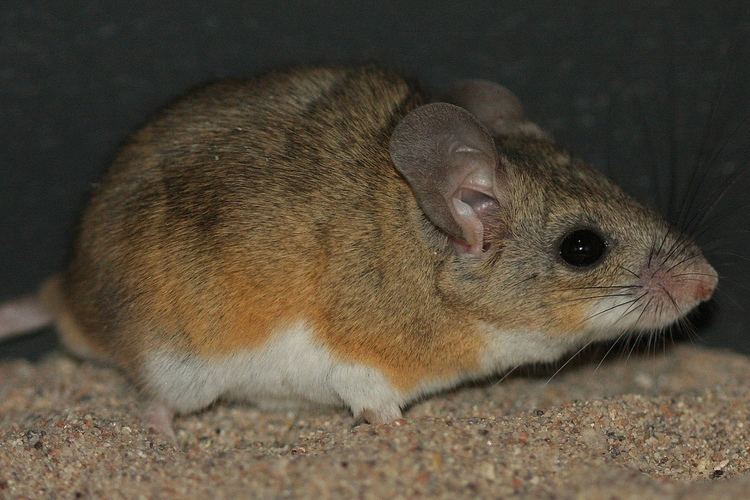 | ||
Similar Peromyscus, Rodent, Mammal, Canyon mouse, Brush mouse | ||
The cactus mouse (Peromyscus eremicus) is a species of rodents in the family Cricetidae. They are one species of a closely related group of common mice often called deer mice. Cactus mice are small, between 18 and 40 g in weight. Females weigh slightly more than males and are significantly larger in body length, ear length, length of mandible and bullar width of skull. Cactus mice can be identified by having naked soles on their hind feet, and almost naked tails which are usually the same length or longer than the animals body length. Its ears are nearly hairless, large, and membranous. Their fur is long and soft; coloration varies between subspecies, as well as between different populations. Color of fur varies from ochre to cinnamon, with a white stomach, and the sides and top of head slightly grayish. Females tend to be slightly paler in color than males, while juveniles appear more gray than their parents.
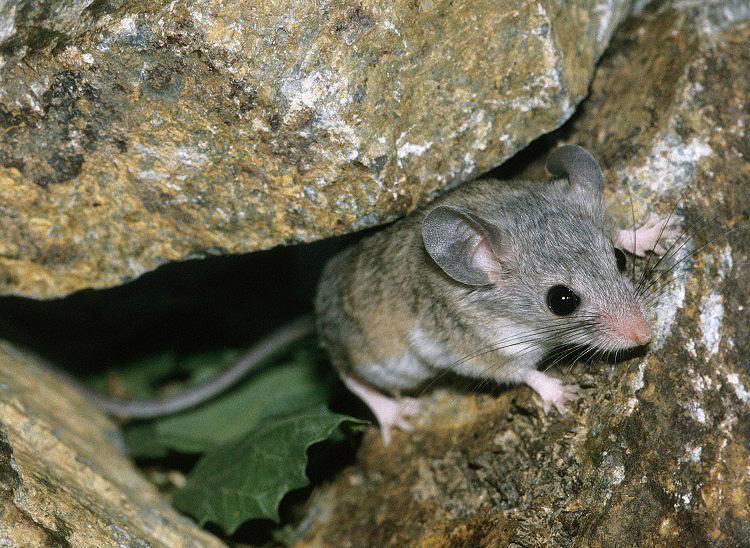
Distribution and diet
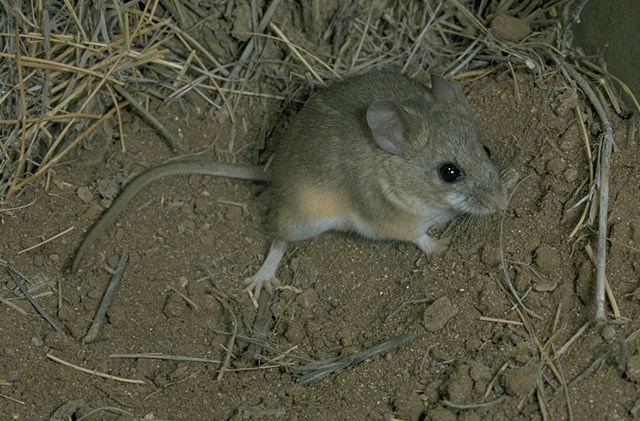
Cactus mice are found in dry desert habitats in southwestern United States and northern Mexico, as well as islands off the coast of the Baja California peninsula and in the Gulf of Mexico. Low average temperatures and lack of mesquite (Prosopis juliflora) might limit northern expansion. The cactus mouse occurs sympatrically with four other mice species, including the California mouse, canyon mouse, Eva's desert mouse and the mesquite mouse. The cactus mouse is nocturnal and feeds on seeds, mesquite beans, hackberry nutlets, insects, and green vegetation. Species from Southern California have tested positive for hantavirus.
